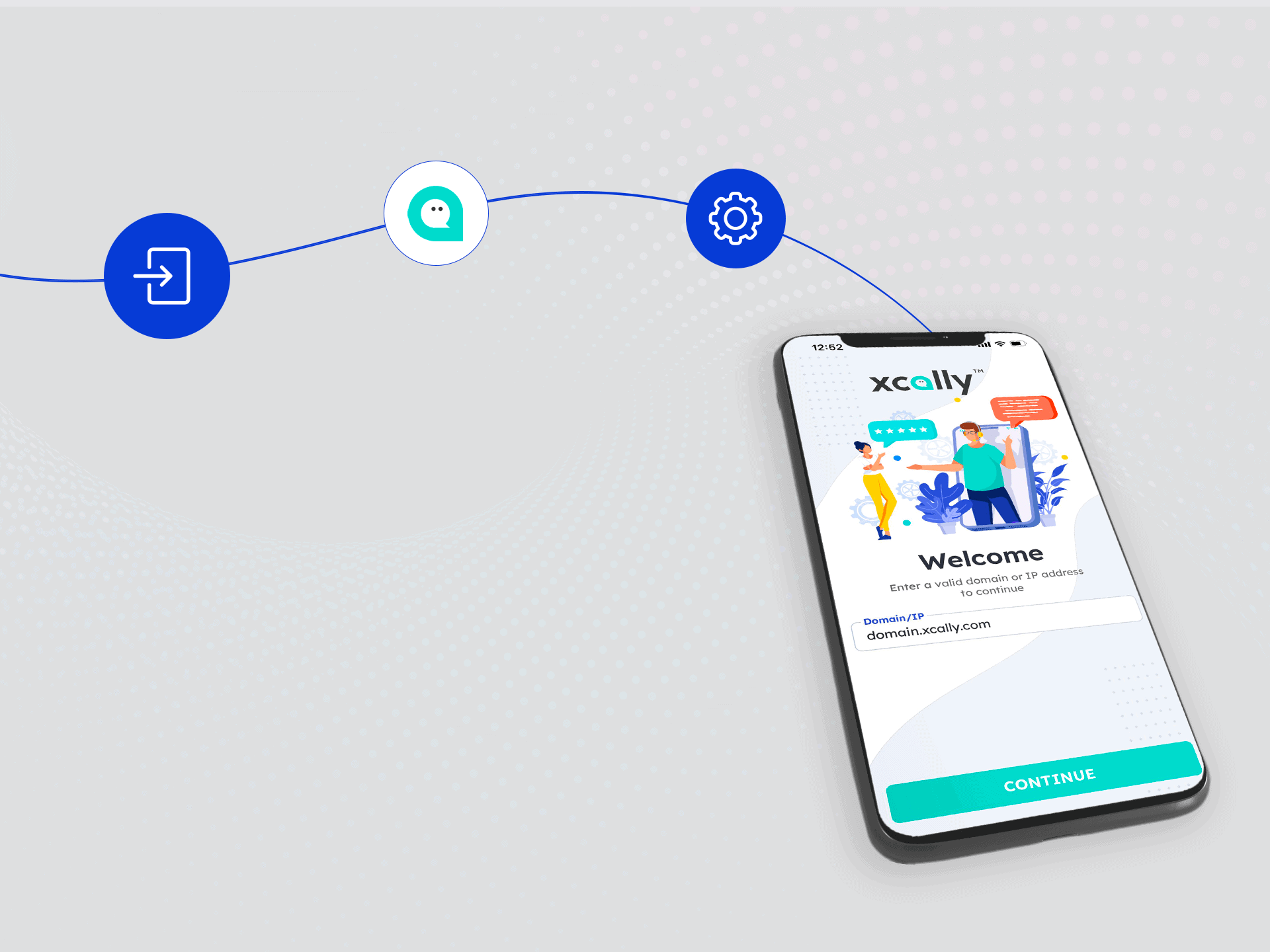Agile workforce management is a crucial aspect of any organization's success, especially in today's rapidly changing business environment. Companies need to be able to adapt quickly to market conditions and customer demands, and having an agile workforce management strategy can make all the difference. A Agile Workforce Management System enables companies to efficiently manage their employees, ensuring that the right people are working at the right time and in the right place.
What is Agile Workforce Management?
Agile Workforce Management is an approach to personnel management that focuses on flexibility, adaptability and collaboration to achieve the organization's goals. It is based on agile methodologies, i.e., a set of principles and practices that enable rapid response to market changes and customer needs.
In practice, agile workforce management requires work planning and organization that allows employees to work autonomously and efficiently, without being bound by a rigid hierarchy or bureaucratic processes. This means that teams must be able to adapt quickly to business needs and collaborate with each other to achieve common goals.
This type of system therefore involves the use of digital tools and technologies to facilitate communication and collaboration among employees, monitoring of activities and performance evaluation. In this way, a more dynamic and stimulating work environment can be created in which employees feel part of a cohesive team motivated to achieve the organization's goals.
The principles of Agile Workforce Management
In the context of human resource management, agile workforce management focuses on the formation of teams composed of experts in different fields, able to collaborate and share knowledge and skills, to adapt in order to achieve business goals.
Therefore, it is based on some starting principles:
Flexibility and adaptability
Agile Workforce Management is characterized by its flexibility and adaptability. Companies that take this approach are able to quickly change their strategies and processes as market needs and new opportunities arise. Flexibility is essential to maintaining a competitive edge in today's global economy of rapid change and uncertainty.
Collaboration and communication
Collaboration and communication are at the heart of Agile Work Force Management. Companies that take this approach encourage the sharing of ideas, information and responsibilities within teams and across departments. This fosters an open and transparent work environment where employees feel valued and listened to, and can actively contribute to the company's success.
Autonomy and empowerment
Another key principle of Agile Workforce Management is employee autonomy and empowerment. Companies that follow this approach enable their teams to make decisions and solve problems independently, without having to wait for approval from management. This enables employees to work more efficiently and feel more involved in decision making.
Benefits of Agile Workforce Management
In general, agile workforce management is a critical component of any organization's success. By using data and analytics to optimize their workforce, companies can quickly adapt to changing market conditions, improve efficiency, and ultimately deliver a superior customer experience. With the right workforce management strategies in place, companies can ensure that they are always well prepared to meet the challenges of today's rapidly changing business environment. The resulting benefits are obvious:
Increased productivity
Agile Workforce Management can lead to a significant increase in business productivity through flexible, collaborative and autonomous teams. This approach enables companies to respond quickly to market needs and take advantage of opportunities as they arise, optimizing processes and reducing wasted time and resources.
Improved employee satisfaction
By adopting theAgile Workforce Management, companies can create a more rewarding and engaging work environment for employees. Empowerment, autonomy and collaboration foster a positive corporate culture in which workers feel valued, listened to and motivated to give their best.
Increased quality of work
With Agile Workforce Management, companies can achieve higher quality standards in their products and services. Collaboration between teams and effective communication allow any problems to be identified and resolved quickly, ensuring better results and greater customer satisfaction.
How to implement Agile Workforce Management in your company
Implementing Agile Workforce Management in a company, is the decisive choice to be able to respond quickly to market needs and maintain a competitive edge in today's global economy. But how to implement this change efficiently and effectively?
Training and skills development
To successfully adopt Agile Workforce Management, it is essential to invest in training and skill development of employees. They must be able to understand and apply agile principles and practices, and adapt quickly to new situations and challenges.
Review organizational processes and structures
The implementation of Agile Workforce Management requires a review of existing processes and organizational structures. Obstacles to communication and collaboration must be removed, and autonomy and empowerment of teams must be fostered.
Measuring and monitoring results
To evaluate the effectiveness of Agile Workforce Management, it is important to measure and monitor the results achieved. This may include performance indicators such as productivity, quality of work, employee satisfaction, and customer satisfaction.
XPLANY, XCALLY's Workforce Management System.
XPLANY is Workforce Management software designed by Xenialab to help companies in planning, managing and monitoring employee work.
This solution offers a variety of features that enable companies, such as contact centers, to reduce workforce management efforts.
Scheduling work can be a very complex and tedious task, but with this software the entire employee rostering process can be automated and optimized, minimizing the impact on time and resources.
XPLANY is a tool for meeting forecasting, planning, monitoring and optimization requirements to manage business hours and a highly volatile volume of incoming calls.
The software can also support multi-location planning and map virtual facilities. In addition, it is stable, reliable, scalable and designed to integrate with the XCALLY suite.
You can use the cloud web interface to use the XPLANY application. It is also possible to access the REST API to create a custom user interface if needed.




